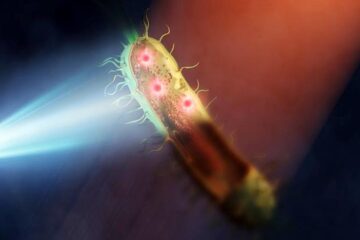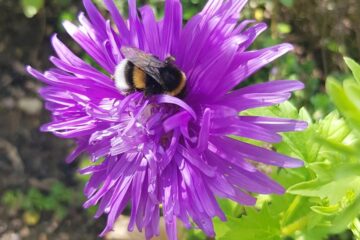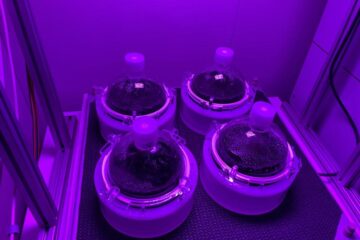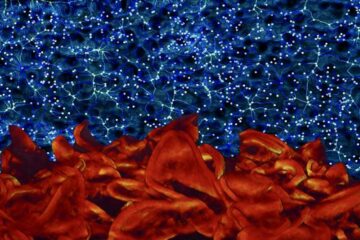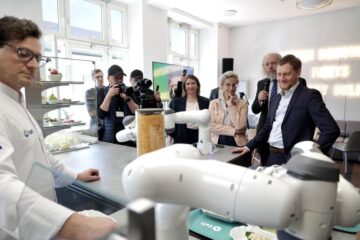Latest News
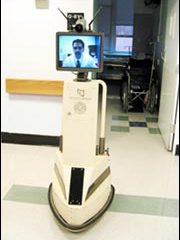
Dr. Robot Tested at Hopkins
It lacks the warm bedside manner of Marcus Welby or Dr. Kildare, but a high-tech robot being tested at The Johns Hopkins Hospital could be used to link patients with their physicians in a whole new way.
Vaguely resembling a human torso, in a Star Wars R2D2 sort of way, the robot sports a computer screen for a head, a video camera for eyes and a speaker for a mouth. It walks, in a manner of speaking, on three balls, talks, and most importantly, listens. “That´s because the robot is directly
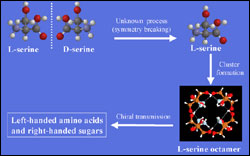
Why we’re all lefties deep down
It may be a right-handed world, but recent Purdue University research indicates that the first building blocks of life were lefties – and suggests why, on a molecular level, all living things remain southpaws to this day.
In findings that may shed light on the earliest days of evolutionary history, R. Graham Cooks and a team of Purdue chemists have reported experiments that suggest why all 20 of the amino acids that comprise living things exhibit “left-handed chirality,” which refe

Controlling body size by regulating the number of cells
Why are elephants bigger than mice? The main reason is that mice have fewer cells. Research published in Journal of Biology this week uncovers a key pathway that controls the number of cells in an animal, thereby controlling its size.
Ernst Hafen and his colleagues from the University of Zürich used fruit flies to investigate the role of the insulin-signalling pathway and in particular a molecule called FOXO. If insulin signalling is reduced, for example by starving developing fly lar

Discoveries made about cellular reaction processes from ancient life
How did life begin? What chemical combination launched the first organism with self-contained metabolism? And then what happened? Researchers in Robert H. White’s group at Virginia Tech are tracing the family tree of life on earth by tracing the biochemical mechanisms within the cell – specifically those that are used in the formation of peptide bonds.
The building blocks of enzymatic and functional structures in living organisms are proteins created by linking amino acids into pepti
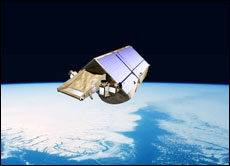
CryoSat takes significant step towards final completion
CryoSat, the first Earth Explorer mission within ESA’s Living Planet Programme, is now entering the final phase of assembly prior to its scheduled launch next year.
CryoSat is designed to measure changes in the Earth’s terrestrial and marine ice fields and aims to provide conclusive evidence as to whether there is a trend towards diminishing polar ice cover as a result of climate change.
The first part of the Critical Design Review (CDR), which was successfully completed on

Green tea´s cancer-fighting allure becomes more potent
Green tea´s ability to fight cancer is even more potent and varied than scientists suspected, say researchers who have discovered that chemicals in green tea shut down one of the key molecules that tobacco relies upon to cause cancer. It´s a find that could help explain why people who drink green tea are less likely to develop cancer.
The finding by scientists at the University of Rochester´s Environmental Health Science Center appears in the July 21 issue of Chemical Research in Toxicology

